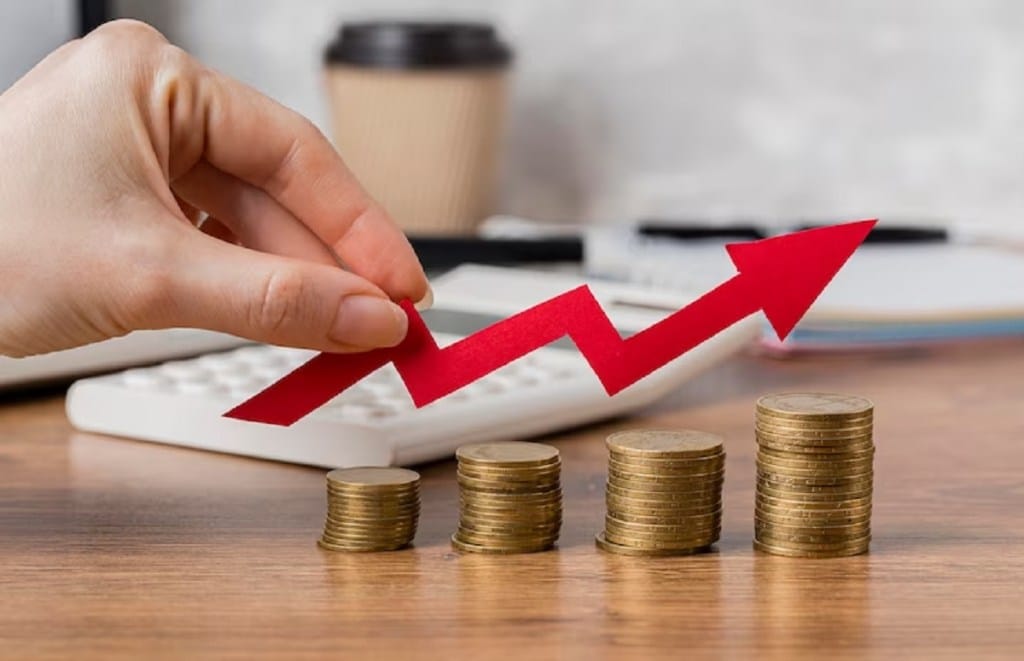As the benchmark indices surge to all-time highs, investors seeking large-cap allocation in their portfolios may want to stick solely to index funds. While index investing is an attractive option for large-cap exposure, investors must consider a blend of active and passive funds now for optimal returns.
In fact, a recent report by S&P Indices Versus Active Funds (SPIVA) India Scorecard shows that half of actively managed large-cap funds have underperformed the benchmark S&P BSE 100 last year. The underperformance rates were significantly high over the three and five-year periods. However, experts say by carefully selecting a blend of funds, investors will achieve better returns, even with a 30-40% overlap in the portfolio.
Blended approach
The right mix of largely active funds and smaller amounts in passive funds can help create a diversified portfolio. During a broad-based market rally, large-cap active funds tend to perform well. When the markets are volatile, passive funds always perform well.
Nirav Karkera, head, Research, Fisdom, says active fund managers still have a vital role to play in identifying potential outperformers. “While index funds offer a straightforward approach, a combination of active and passive strategies may be more prudent for investors seeking optimal returns,” he says.
Large cap funds invest in top 100 stocks while Nifty 50 index funds miss out on the next 50 stocks. Abhishek Banerjee, founder & CEO, Lotusdew Wealth & Investment Advisors, says there are ample alpha opportunities in small and mid-cap space, but large-cap is more difficult. “A focused fund mixed with Nifty 50 and Nifty Next 50 passive funds is a good way to capture the broad market,” he adds.
Look at your risk appetite
For passive funds, costs, skill of the market maker in exchange-traded fund format, and their net cash inflow/outflow of the day have an impact on its returns. For active funds, the skills of the active fund manager and the sector tilt that has not worked are usually the main reason for underperformance. Passive funds offer predictable returns and are suitable for risk-averse investors, providing index-matching returns with lower risk and volatility.
However, they may not match the long-term returns of actively managed funds. Palka Arora Chopra, director, Master Capital Services, an online trading platform, says unlike index funds, which aim to closely replicate the index’s investments and weightings, active funds offer more freedom in investment selection. “Thus, weigh the trade-offs between predictability and potentially higher returns when deciding between active funds for their large-cap allocations in this market scenario,” says Chopra.
Expense ratio matters
Higher expense ratios directly impact the net asset value of the fund, eating into the net returns for investors. The average under-performance of most active large-cap funds vis-a-vis index is just the expense ratio of the fund which is typically 1.2-2% per annum.
To maximise your potential returns, it is advisable to prioritise active large-cap funds with lower expense ratios. The compounding effect of expense ratios can be substantial over an extended period.
Avoid hedging strategy
Some investors may consider an actively managed large-cap fund only if they are able to use their hedging option (through NIFTY Futures/Options) effectively to reduce the drawdown during market corrections. It is a very risky strategy where the onus is on the investor to time hedging decisions.
“This strategy has rarely worked and one should avoid it in general. It is pretty tough for an average investor,” says Banerjee.


